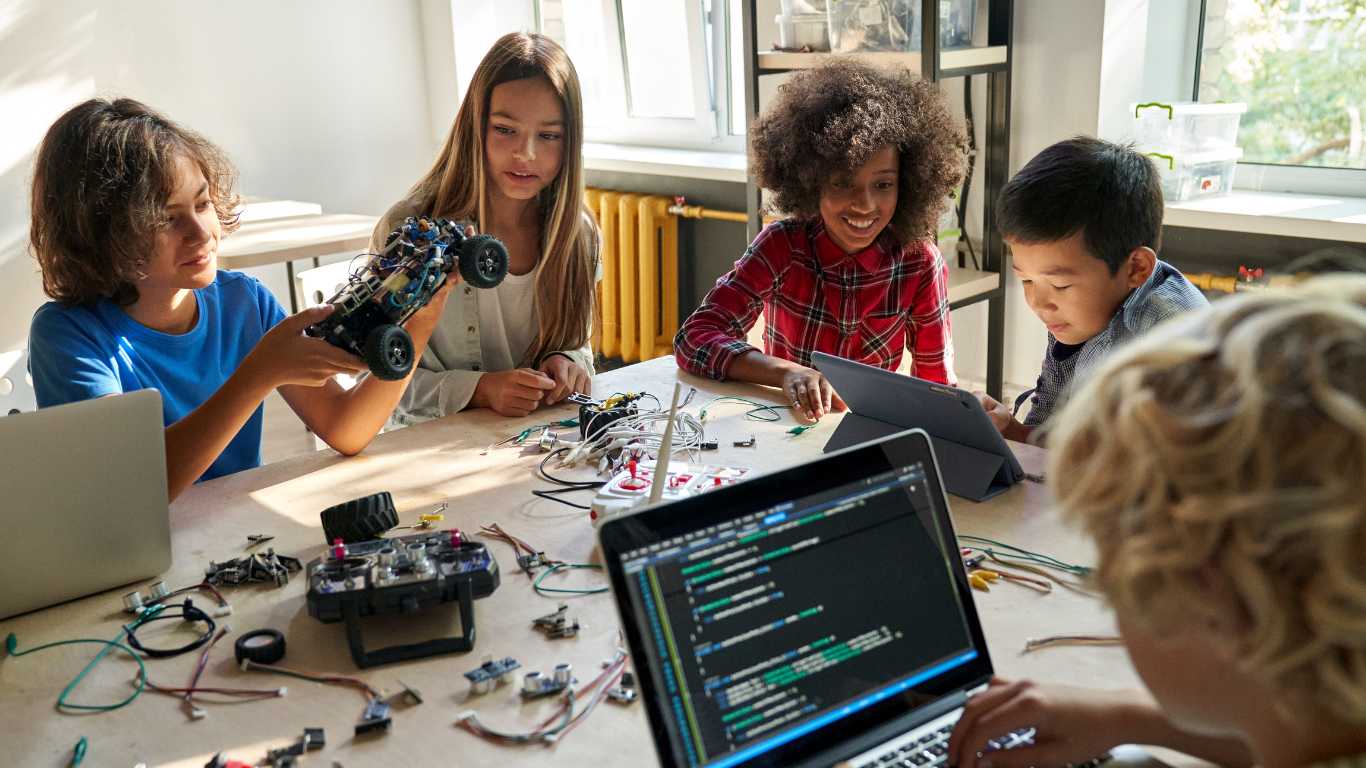In today’s digital era, children are exposed to a vast array of media content from an early age. From YouTube videos and social media to online games and advertisements, the digital world plays a significant role in shaping their perceptions, beliefs, and behaviors. This makes media literacy education essential for children to navigate the complexities of the digital landscape safely and responsibly.
Understanding Media Literacy
Media literacy is the ability to access, analyze, evaluate, and create media content in various forms. It equips children with critical thinking skills to interpret media messages, differentiate between credible and misleading information, and understand the intentions behind media content. In an age where misinformation spreads rapidly, teaching kids how to assess sources and recognize biases is crucial.
The Importance of Media Literacy for Kids
Encourages Critical Thinking
Media literacy helps children develop analytical skills to question what they see, hear, and read. Instead of passively consuming content, they learn to ask questions like: Who created this? What is the purpose? Is it factual or opinion-based?Prevents Misinformation & Fake News
With the rise of deepfake videos, clickbait headlines, and misleading advertisements, kids need to distinguish between reliable and false information. Media literacy education teaches them how to verify sources and cross-check facts before believing or sharing information.Promotes Safe Digital Practices
Children often interact with social media and online platforms, making them vulnerable to cyberbullying, privacy breaches, and inappropriate content. Media literacy educates them about online safety, the importance of personal data protection, and responsible digital citizenship.Enhances Emotional Intelligence
Digital media influences emotions, self-image, and mental health. Understanding how media manipulates emotions—through exaggerated beauty standards or fear-based news—helps kids build resilience and maintain a positive self-image.Develops Ethical Media Usage
Teaching kids about intellectual property, plagiarism, and ethical content creation fosters a sense of responsibility. They learn that copying without credit is wrong and understand the significance of respectful online communication.
How Parents & Educators Can Foster Media Literacy
Encourage Open Discussions: Talk about the media content kids consume daily. Ask them about their favorite YouTubers, games, or social media trends and discuss their impact.
Teach Fact-Checking Skills: Introduce fact-checking websites and simple verification methods to help kids assess the credibility of online information.
Use Age-Appropriate Resources: Interactive websites, educational videos, and kid-friendly news platforms can enhance media literacy in a fun and engaging way.
Lead by Example: Parents and educators should model responsible media consumption and demonstrate how to critically evaluate content.
Conclusion
In a world where digital media is deeply integrated into daily life, media literacy education is no longer optional—it is essential. Equipping kids with the skills to critically engage with media ensures they become informed, responsible, and confident digital citizens. By fostering media literacy from an early age, we empower children to make smart choices, protect themselves online, and contribute positively to the digital world.



